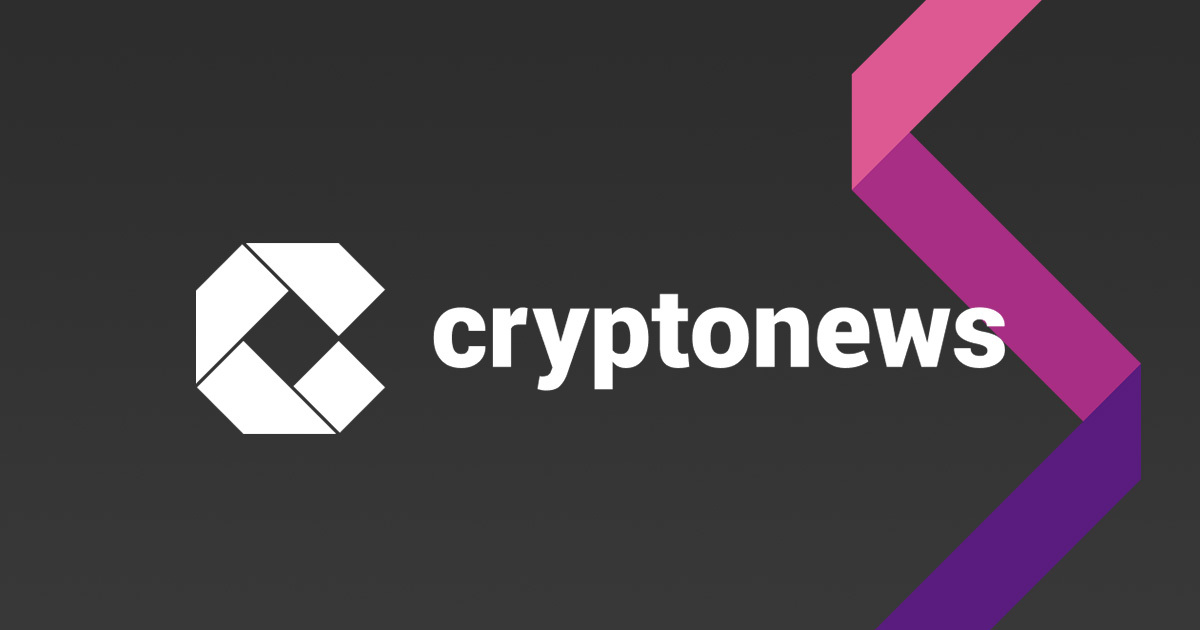Fed Backpedals on Crypto Banking Rules—Stablecoin Oversight Goes MIA

In a move that’s either strategic retreat or regulatory whiplash, the Federal Reserve quietly scrapped its crypto guidance for banks. No fanfare, no replacement—just a void where rules used to be.
Stablecoins? Suddenly the Fed’s playing hide-and-seek. Banks left wondering if they’re free to dive into crypto or just victims of a bureaucratic bait-and-switch.
Wall Street’s response? Probably another round of ‘innovation’ workshops—code for ‘how to exploit the gray area.’ Because nothing fuels progress like regulatory ambiguity and a dash of institutional panic.
Fed Moves Toward Lighter Regulation for Crypto Initiatives
By pulling back these guidelines, the Fed appears to be responding to rapid developments in the crypto market and feedback from financial institutions that viewed the former regulatory framework as restrictive. Banks have increasingly requested clarity and flexibility to keep pace with fast-evolving digital asset technologies.
The change means banks no longer need to provide advance notification about their crypto initiatives. Instead, the Federal Reserve plans to incorporate supervision of these activities into regular monitoring processes. This approach mirrors broader moves by other US regulators toward a lighter regulatory touch, potentially fostering increased engagement in crypto assets by traditional banks.
Banking Agencies Pull 2023 Crypto Guidance, Eye New Framework
Additionally, the Fed is jointly withdrawing two key 2023 statements alongside the Federal Deposit Insurance Corporation and the Office of the Comptroller of the Currency. These statements previously outlined specific regulatory expectations for banks involved in crypto-asset exposures.
The Fed said that it will continue collaborating with other regulatory agencies to evaluate whether new guidelines might better facilitate innovation, especially in the rapidly expanding domain of crypto-asset services.
In March, the OCC too eased its stance on crypto, allowing national banks and federal savings associations to offer crypto custody services, engage in stablecoin-related activities, and take part in distributed ledger networks.

